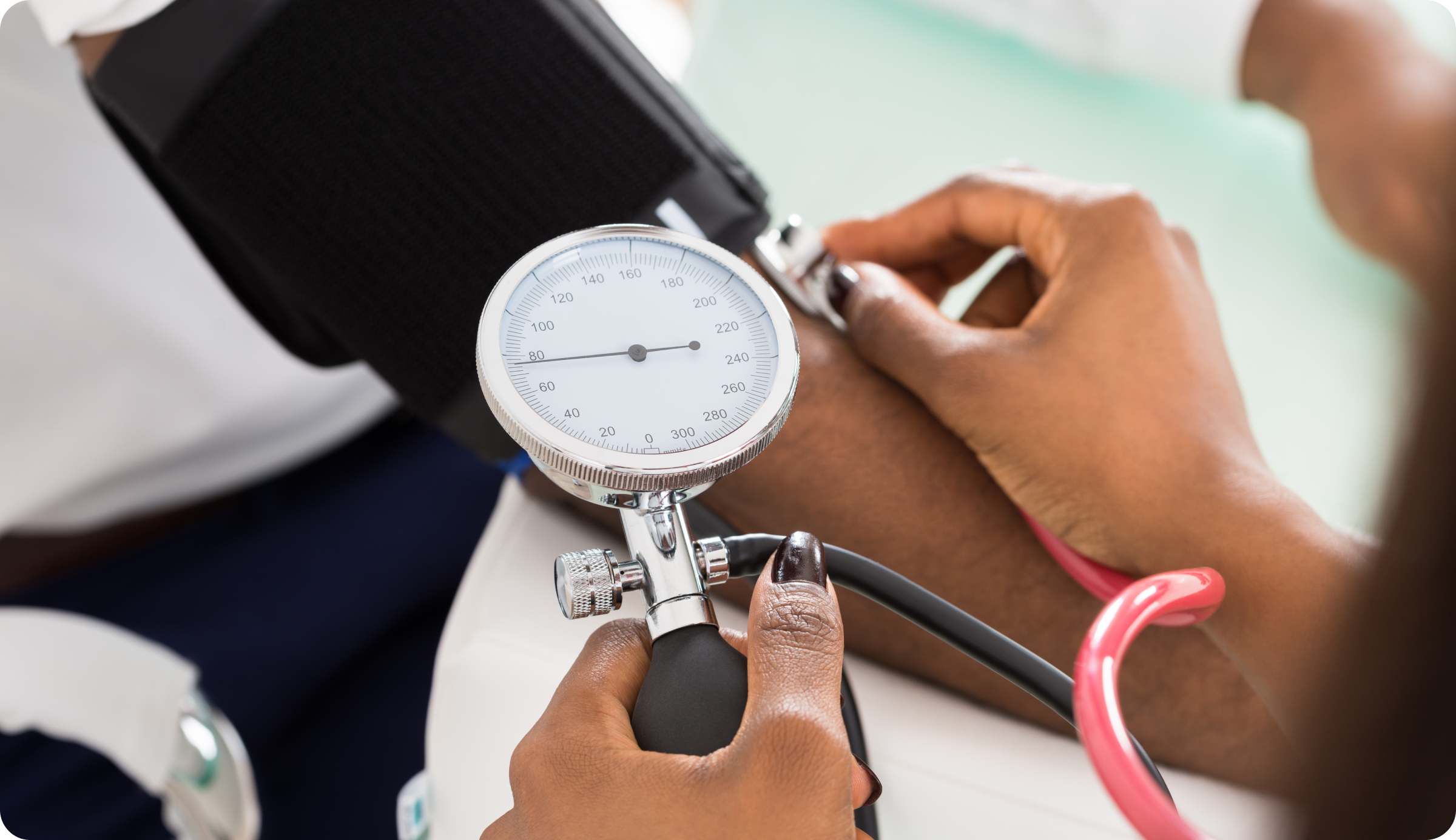
- Higher Education
- K12
- Professional
- Pricing
- Resources
-
-
-
CONTENT TYPE
-
-
-
NEW FEATURE
-
-
-
-
- Login
- Global
- CONTACT SALES EXPLORE GOREACT
Nursing Education

How would you score the physical assessment at your last annual check-up?
For me? I know my last head-to-toe assessment didn’t include palpating my thyroid or inspecting my internal ear. In fact, a lot of the 120-or-so boxes of a head-to-toe assessment in an undergraduate nursing textbook are left unchecked when you go to the doctor’s office.
That’s not a criticism of nurses. It’s a criticism of the head-to-toe assessment checklist prescribed to nursing students.
Professors should consider using a physical exam rubric that prepares undergraduate nurses for a clinical setting.
To find out what that list would entail, Dr Jean F. Giddens conducted a study. She found that out of the 126 items listed on her survey, nurses at entry-level practices only regularly performed thirty of those skills when administering a health assessment. Since Dr. Giddens study, others have reinforced these results with similar findings.*
That’s not to say that nursing students shouldn’t learn these 100+ skills.
But it’s important to keep in mind that nurses in entry-level practice perform less than a third of the items in undergraduate nursing textbooks. The reason is that a lot of skills in a head-to-toe assessment checklist are for rare situations and are often specific to practice categories (e.g., psychiatric, pediatric, and emergency).
While those rare and specialized skills are important, they may not necessarily appropriate for an ASN education or the early education of BSNs.
In short, the traditional head-to-toe assessment checklist is too long.
Download a free Head-to-Toe Assessment Checklist. Share on X
Instead of introducing novice nursing students to a mammoth 126 head-to-toe assessment checklist, there should be a general health assessment in nursing that tests and focuses on what most entry-level practices ask nurses to perform.
That’s why we’ve created a rubric that outlines the basic skills (according to research) on the skills most nurses perform regularly in a head-to-toe assessment.*
By using this basic checklist in class, you can hyper-focus on the building blocks of a physical nursing assessment. For example, educators can put extra effort in giving feedback and coaching on the cardiovascular and respiratory assessments, which make up a third of the basic checklist.
When students are ready to advance and learn more specialized and/or less commonly performed skills in a head-to-toe assessment, you can utilize our more advanced rubric. GoReact also provides another free rubric that is more detailed and specialized.
Download your free nursing head-to-toe assessment checklists! Prepare your students for working at entry-level practices, and then to work in more practice categories.
If you’d like more ideas for teaching the physical assessment, read 5 Tips for Teaching the Head-to-Toe Assessment.